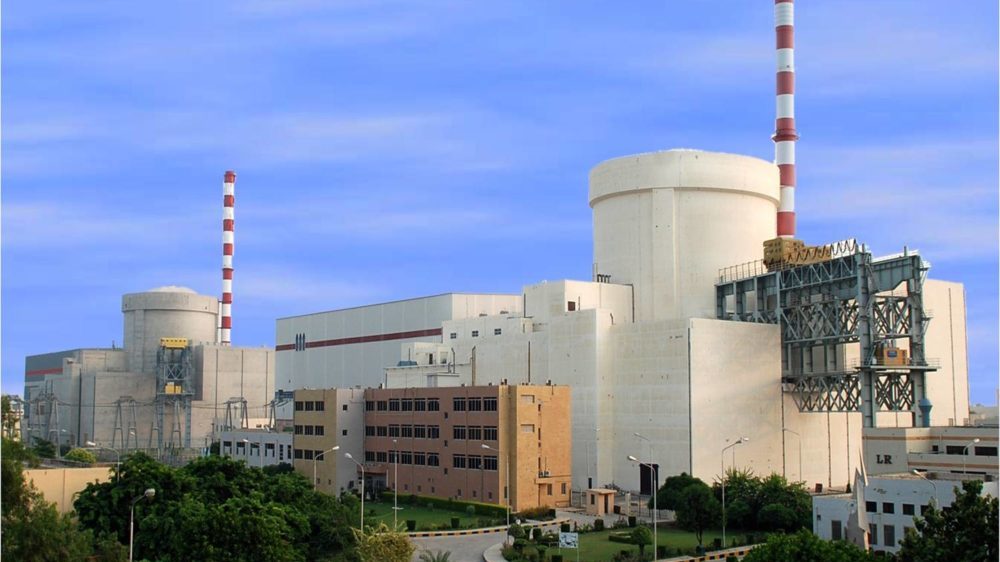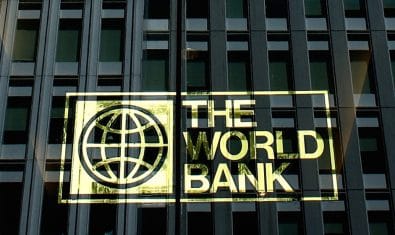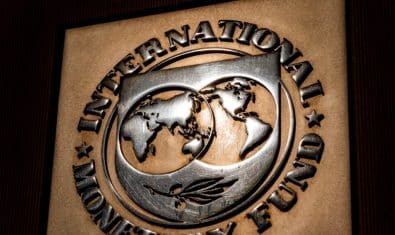The advancement of the Chashma Nuclear Power Generating Station’s fifth unit, known as C-5, has been impeded due to the Ministry of Finance’s refusal to grant a sovereign guarantee.
The Chinese financer has consented to finance up to 85% of the $3.7 billion nuclear facility, boasting a capacity of 1,200MW, contingent upon the sovereign guarantee.
This is a guarantee to the creditor that the government will fulfill its obligations in the event of default by the primary obligor, the Pakistan Atomic Energy Commission (PAEC).
IMF to Blame
The International Monetary Fund’s (IMF) loan program has limited the government’s options for the issuance of a sovereign guarantee. As part of the 2022-23 budget, the government presented a Statement of Contingent Liabilities to the National Assembly, enumerating all the guarantees anticipated to be issued during the fiscal year. This list serves as a constraint to control financial risks and secure the trajectory of public debt.
The contribution of nuclear power to the national energy mix has risen significantly in recent times, becoming the leading source with a 27.1% share in December. Other major sources include hydropower at 20.4%, coal at 18.1%, and local gas at 15.1%.
In December, the amount of nuclear power generation increased 47.5% year-over-year due to new capacity additions. Among the sources of energy, nuclear was the most economical based solely on fuel cost, averaging at Rs. 1.10 per kWh compared to Rs. 11.50 for coal and Rs. 10.50 for local gas.
Pakistan’s Nuclear Power Plants
The first nuclear power plant – Kanupp-1 – started generating 137MW of electricity in 1971. After a successful 50-year run, it was decommissioned in 2021.
There are currently six functioning nuclear power plants in the country, with a combined installed capacity of 3,530 megawatts (MW). The combined output of the six nuclear plants constitutes 8.1% of the country’s total power-generating capacity.
The four units in Chashma, Punjab, were established using Chinese technology. C-1 and C-2 have a nameplate capacity of 325MW each. C-1 and C-2 began operations in 2000 and 2011, respectively. C-3 and C-4 started producing electricity in 2016 and 2017, with a gross capacity of 340MW each.
In addition, PAEC established the Karachi Nuclear Power Plant Unit-2 and Unit-3 at Paradise Point, formerly a popular public beach on the outskirts of Karachi. These units have a nameplate capacity of 1,100MW each and started generating electricity in 2021 and 2022, respectively.
Cheap Electricity
The average cost of generating electricity at all nuclear plants, taking into account debt service, return on equity, capacity payments, maintenance charges, and negligible fuel costs, is less than Rs. 13 per unit. This makes it one of the most cost-effective sources of energy, except for hydropower.
In addition to the 1,200MW C-5, the PAEC is also constructing two new power plants, K-4 and K-5, each with a capacity of 1,400MW in Karachi. The PAEC is also building two more nuclear power plants, M-1 and M-2, each with a capacity of 1,400MW, in Muzaffargarh, Punjab.



























It’s a copy-paste job from today’s Dawn. Please have some professional decency and remove it from your platform — or at least have the decency to attribute it properly. Such a shame!